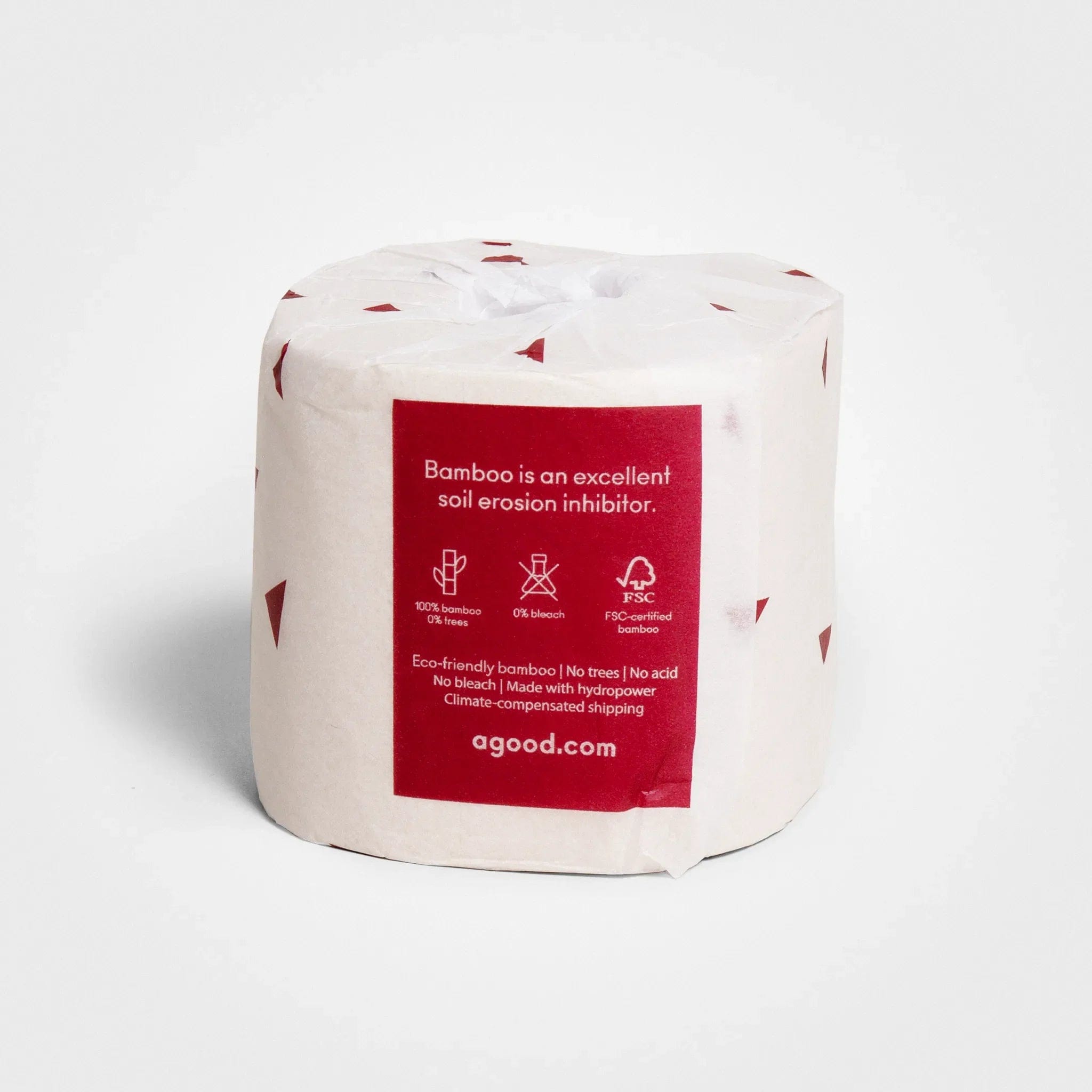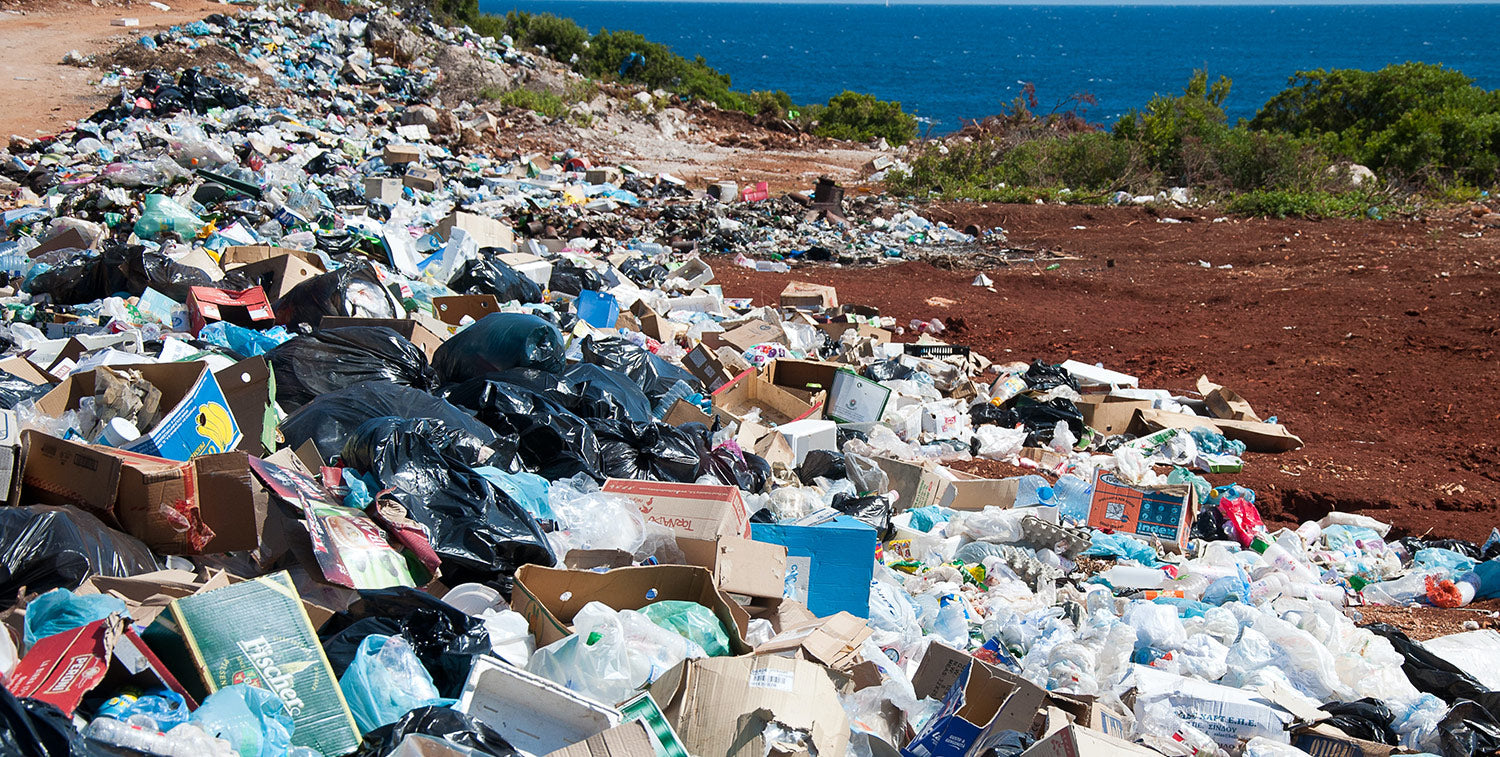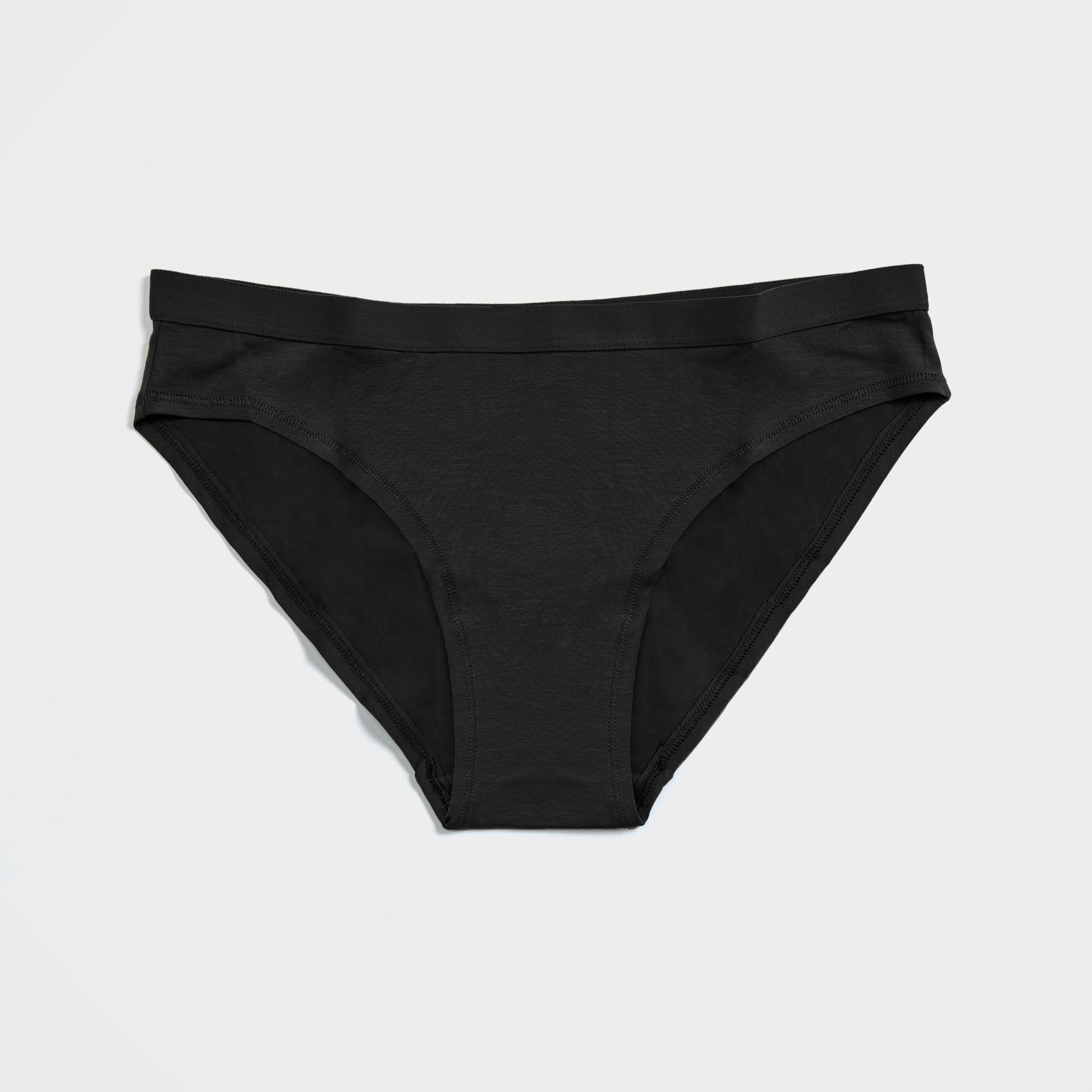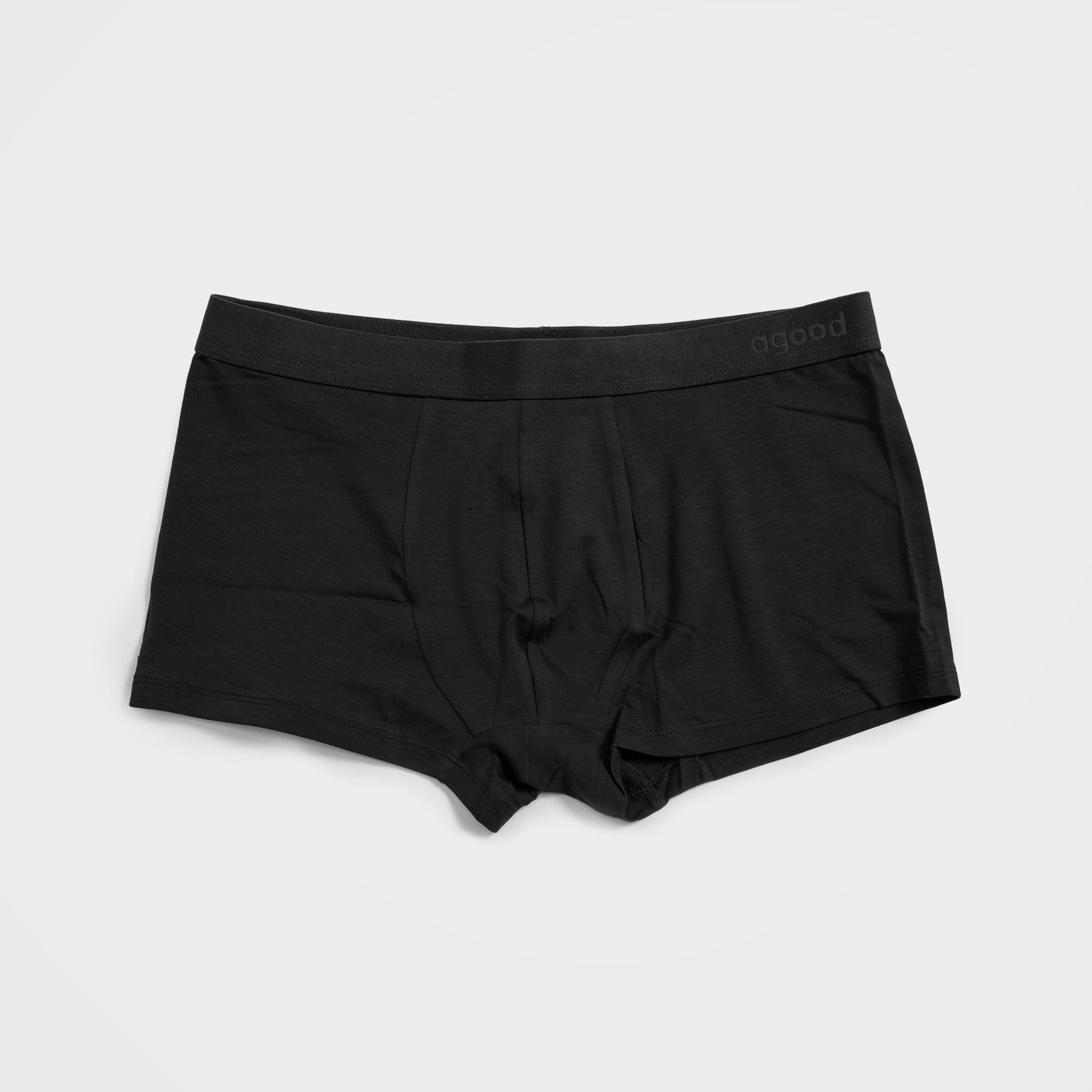What does sustainable mean?
To be considered sustainable, a product or service should exhibit a reduced environmental impact over its entire life cycle - from the raw material through to production, use, and disposal. It should also provide social and economic benefits over that life cycle. That’s a big ask.
For one thing, planning for, and working towards long-term goals is harder than quick, short-term solutions. Second, people exhibit greedy tendencies. We’re not alone. Most animals on the planet share these shortcomings - dogs hoard balls, squirrels acorns, etc. The problem lies in humanity’s ability to amplify these natural tendencies using tools and technology and very little and/or very imperfect forethought. Sustainable practices are necessary if we want to continue to inhabit a planet that resembles the one we’ve been living on. It means we have to be smarter with how we use natural resources and raw materials.
Quick links
-
Bamboo
-
Recyclable and bio-plastics
-
Stainless steel/Aluminium
-
Stone paper
-
Cork
-
Lyocell
-
Organic cotton
What are some sustainable materials?
Just because something is natural doesn't mean it's automatically sustainable when we use it for making things. Living sustainably, designing thoughtfully, and creating sustainable products demand careful consideration and a constant reevaluation of our actions and their impacts on both local and global stakeholders. Here are a few examples of sustainable materials.
Bamboo
When harvested correctly, bamboo is a great natural resource. A lot of preparation and thought goes into cultivating and harvesting bamboo. Harvesting takes skill and years of training. It requires knowledge of area weather patterns, an understanding of the bamboo lifecycle, and an on-sight familiarity with individual plants on the ground. When gathered incorrectly, swaths of healthy bamboo plants can be killed and land ruined.
But, if grown correctly, bamboo one of the most sustainable materials we know. It is the fast growing plant on earth, can be re-harvested again and again once mature, uses minimal water, doesn't require pesticides or fertilisers, and also absorbs large amounts of carbon dioxide whilst pumping out oxygen.
It's also extremely versatile, and products can be made from various parts of the plant. For example, plates can be made from the protective covering found on young bamboo plants, called the sheath. Harvesting the sheath is as easy as picking it off the ground where it usually falls. It’s then cleaned, boiled, and molded into shape.
Similarly, it is as if nature created it specifically for the purpose of slurping up a thick smoothie through a bamboo straw, a nature-friendly alternative to plastic straws. It can also be crafted into the perfect picnic accompaniment, reusable bamboo cutlery. Other uses for bamboo include building construction, textile manufacturing, bamboo toothbrushes and bamboo toilet paper.



Recyclable and bio-plastics
As much as we would like to get plastics out of our lives, it is too useful a material to abandon entirely. How we produce, recycle and dispose of plastics can go a long way towards reducing its negative impact.
The raw material for all packaging plastics is ethylene, which is derived from either natural gas or crude oil. Both sources are not renewable. Producing and refining ethylene requires massive amounts of energy which could be better used elsewhere or - even better - not at all.
To make matters worse, after all the energy and resources that went into making that plastic, every year a huge amount of it is simply thrown away. In the US alone, 25 million tons of plastic are tossed in landfills. New methods for recycling plastic in shampoo and yoghurt packaging are being developed and coming online.

For example, PureCycle has been able to transform waste carpet into ultra-pure recycled polypropylene. But let’s face it, this isn’t nearly enough to solve our plastic problem. In addition to recycling the plastic we already have, new plastics need to come from someplace other than fossil fuels.
Origin Materials in Canada that has found a way to make plastic bottles using sawdust - a much more sustainable material when compared with petroleum or natural gas. Their technology makes carbon-negative, 100% plant-based PET - a type of plastic used in everything from clothing to cars. This plastic is more sustainable in that doesn't use fossil fuels. However, it still needs to be collected and recycled properly and it isn't biodegradable.
For plastic to be sustainable it needs to be both biodegradable and certain applications - like one use wrapping - and using fossil resources to produce it needs to end.
Stainless steel/Aluminium
Metals can be sustainable. Look at aluminium. It is an infinitely recyclable material. Today, about 75 percent of all aluminium produced in history, nearly a billion tons, is still in use. It also takes up to 95 percent less energy to recycle than to produce primary aluminium, which also limits emissions, including greenhouse gases.
The steel industry has been actively recycling for more than 150 years, not out of any sense of environmental stewardship but because it makes economic sense. It costs less money to recycle steel than to mine ore and process it into new steel. And since steel does not lose any of its inherent physical properties during the recycling process, and has drastically reduced energy and material requirements compared with refinement from iron ore, using and recycling steel properly is a more sustainable practice.
Stainless steel stands out as a sustainable material, especially in the context of reusable products like stainless steel thermal bottles. Reusable stainless steel thermal bottles contribute to reducing single-use plastic waste and the carbon footprint associated with disposable beverage containers.
Stone paper
Stone paper is a recent innovation developed as a more sustainable alternative to traditional wood-pulp paper. Leftover limestone or marble from local industry is converted into paper in a clean process that uses no water or chemicals and runs on solar.
So, on a production basis alone, a stone paper notebook is miles ahead ecologically speaking when you consider no water, acid, bleach or optical brighteners are used. This means nothing can spoil the water or poison the environment. Also, trees stay in the ground where they belong.
Cork
Cork, a sustainable material, is derived from the bark of cork oak trees. Harvesting cork is a meticulous process that involves carefully peeling the bark without harming the tree, and it can be repeated every 9-12 years. Cork forests also act as valuable carbon sinks, contributing to environmental conservation. The cork production process requires minimal energy and water, and the material itself is biodegradable and recyclable. Cork finds versatile applications, from wine stoppers to flooring, offering a renewable and eco-friendly alternative.
Lyocell
Lyocell is a sustainable material that belongs to the category of cellulosic fibres, derived from natural sources. Specifically, Lyocell is made from wood pulp, often sourced from eucalyptus trees. The production of Lyocell involves a closed-loop process, where the solvents used to break down the wood pulp are recycled, minimising environmental impact. The eucalyptus trees used in Lyocell production typically require less water and land compared to conventional cotton. The sustainable aspects of Lyocell, including its biodegradability and responsible production methods, make it an environmentally friendly choice in the textile industry.
One notable brand of Lyocell is Tencel, known for its softness, breathability, and moisture-wicking properties. Lyocell textiles are versatile and used in various products, such as clothing, bedding, and home textiles. We use Tencel to make super comfy underwear that feels great on your skin. Check out our collections of Tencel Lyocell underwear for women and Tencel Lyocell underwear for men.
Organic cotton
Cotton, a classic and widely used natural fibre, has the potential to be sustainable when cultivated responsibly. Conventional cotton farming often involves heavy pesticide and water use, posing environmental and health risks.
However, organic cotton, grown without synthetic pesticides and fertilisers, promotes soil health and reduces the ecological footprint. Additionally, initiatives like fair trade practices ensure social benefits for cotton farmers. Cotton's versatility extends to various products, including clothing and textiles, making it crucial to adopt sustainable practices in its production for a more environmentally friendly and socially responsible approach.
Sustainable materials as a step towards a greener world
As we mentioned at the top, our current levels of consumption are unsustainable. We need to transition to a world where waste is designed out the process, where products can be reused to returned safely to nature. This is called circularity or a circular economy. Using materials like those above are crucial to this transition. Read more about circular economy.








